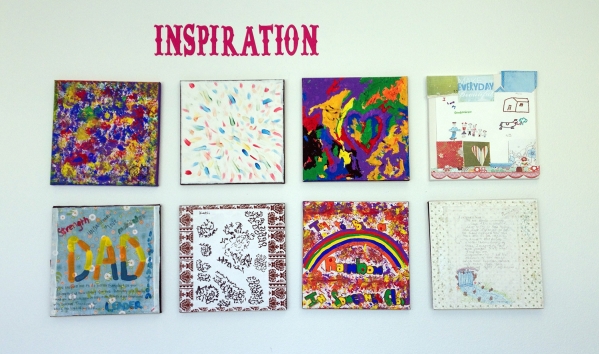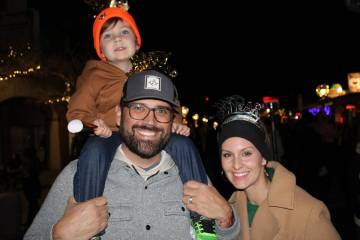Arts can improve mental, physical health
Creative art therapies are based on the recommendation that when a patient works under the guidance of a qualified therapist there can be an increase in their expressive communication. This can raise their awareness of hidden issues, increase their self-awareness and encourage an openness to change. The creative work can involve music, art, dance, movement and other creative activities.
A primary goal in art therapy is to improve a patient's functioning and his sense of personal well-being. Art therapy practice requires knowledge of visual art (drawing, painting, sculpture, and other art forms) and the creative process, psychological and counseling theories, and human development.
Art therapy is a mental health profession in which clients, facilitated by the art therapist, use art media, and the resulting artwork to explore their current feelings, reconcile emotional conflicts, foster self-awareness, manage behavior and addictions, develop social skills, improve reality orientation and reduce anxiety.
Today, art therapy is a widely practiced in a variety of settings including hospitals, psychiatric and rehabilitation facilities, wellness centers, forensic institutions, schools, crisis centers, senior communities and private practice. During individual or group sessions art therapists elicit their clients' inherent capacity for art making to enhance their physical, mental and emotional well-being. Current research is focusing on the importance of using art therapy to recognize and reconcile trauma.
Dance therapy uses movement to improve mental and physical well-being. It is a recognized form of complementary therapy used in hospitals, psychiatric centers, in autism individual and group therapy sessions.
Several clinical reports suggest that dance therapy helps people accomplish the development of a positive body image; improve self-concept; reduce stress, anxiety and depression; decrease isolation; increase a sense of communication skills; and encourage a sense of well-being.
The physical benefits of dance therapy as exercise are well documented. Experts have shown that physical activity is known to increase special neurotransmitter substances in the brain (endorphins), which create a state of well-being.
Music therapy is a complementary therapy that is used to help patients cope mentally and physically with their diagnosis and treatment. Music therapy may involve listening to music, creating music, singing and discussing music, in addition to guided imagery with music.
Scientific studies have shown the positive value of music therapy on the body, mind and spirit of children and adults. When used in combination with other more traditional therapies, music has been found to decrease the overall intensity of the patient's experience of pain, anxiety and agitation.
Music also can help accomplish the following: relieve stress and fear; improve mood; lower heart rate, blood pressure and breathing rate; can create a self-soothing option; relieve sleeplessness; reduce muscle tension and promote relaxation.
Music therapists believe that:
• Rhythm is beneficial. Our muscles, including the heart muscle, synchronize to the beat of music. For example, some classical music approximates the rhythm of the resting heart (70 beats per minute). This music can slow a heart that is beating too fast.
• Self-expression in music therapy can reveal subconscious thoughts and feelings, and be therapeutic in the same way psychotherapy has shown to be therapeutic.
• The creative process of creating art whether it is through music, painting, sculpture or dance can be beneficial.
• The creative therapies, when used in collaboration with more traditional therapies, can aid and sometimes speed the process of healing.
The accompanying photo provides a sample of the art project between the Partial Hospitalization Program and the patients in the Geriatric Behavioral Medicine Center at Boulder City Hospital. This project was a self-expression of "Inspiration" and expressed by the patient in whichever modality was comfortable for them. This project will be completed twice a year and hung in the hallway leading to the behavioral medicine center.
To Your Health is written by the staff of Boulder City Hospital. For more information, call 702-293-4111, ext. 576, or visit bouldercityhospital.org.
















